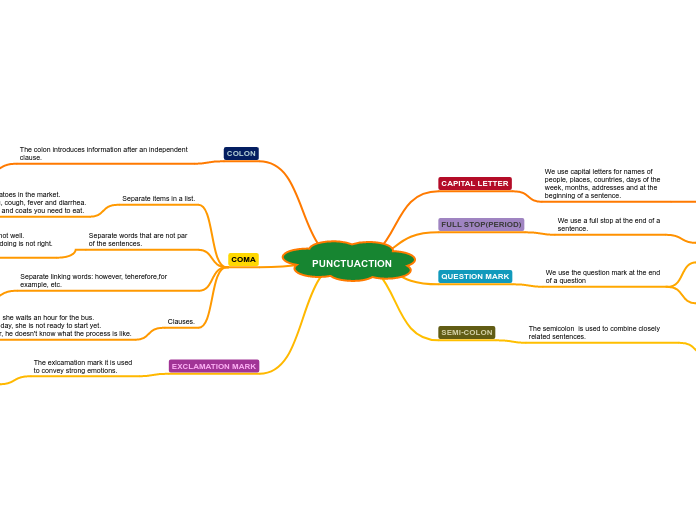a jostin valencia 4 éve
308
PUNCTUACTION
The text discusses various punctuation marks and their appropriate usage in English grammar. It begins by explaining the use of commas to separate linking words, items in a list, and clauses.

a jostin valencia 4 éve
308

Még több ilyen